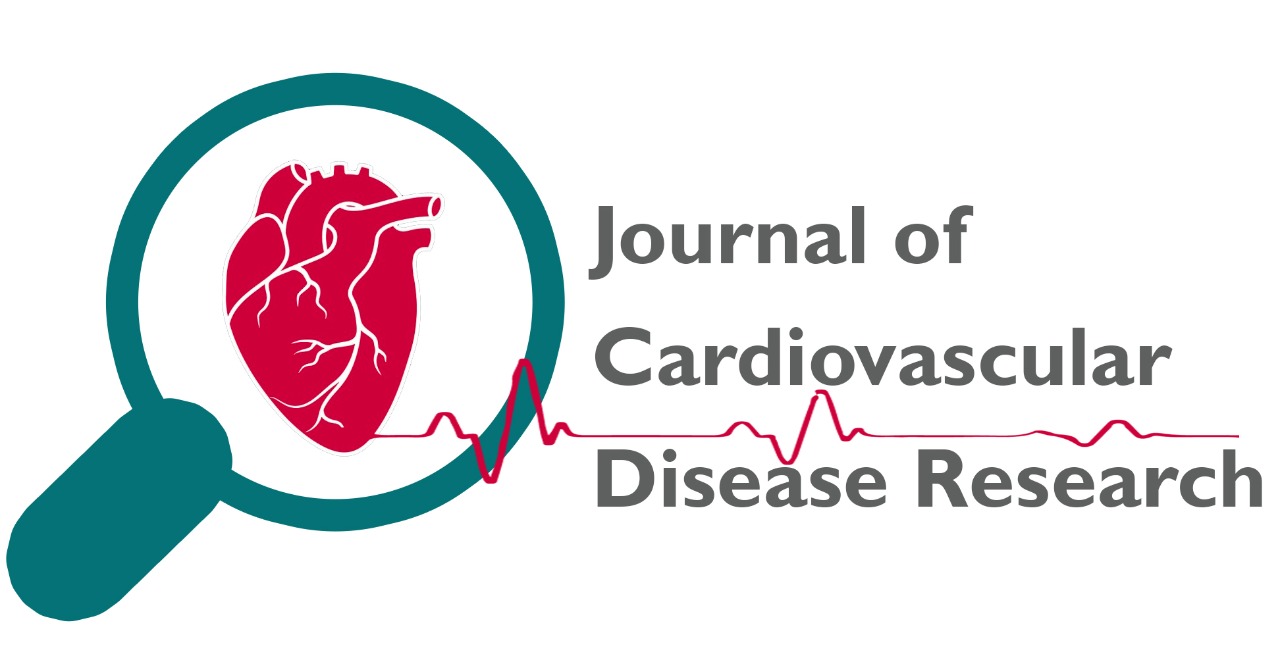
Association of NLR PLR RDW in Breast Cancer Patients
Dr. Akshai M.U., Dr. Anup Paul Varkey, Dr. Aneesh Raj A., Dr. Maheshwaran M.P.
JCDR. 2023: 1749-1761
Abstract
Breast cancer is the most frequently diagnosed life-threatening cancer in women in India. The short-term and long-term prognosis of breast cancer depends upon patient and tumor factors, such as age, disease stage, and biological factors such as grade and receptor status. However, the behavior of breast cancer is unpredictable, with markedly different clinical outcomes seen even among patients with similar classical prognostic factors. The significance of neutrophil-lymphocyte ratio (NLR), platelet-lymphocyte ratio(PLR) and red cell distribution width (RDW)as inflammatory marker has been increasing. In this study, we try to find out NLR, PLR, RDW values in patients with carcinoma breast and to study its association with various biological features of cancer breast like stage, Modified Bloom Richardson (MBR) grade, hormonal status(ER-estrogen receptor, PR-progesterone receptor, HER2NEU-herceptin receptor) and age of the patient. Methods: This was a longitudinal study conducted in General Surgery Department of a tertiary care centre in South India . All patients admitted to the hospital with histologically and radiologically proven diagnosis of carcinoma breast during December 2019 to November 2020 were included in the study. The sample size was calculated to be 100 patients. Blood sample were collected from these patients as part of routine workup and were analysed. Data was entered into Microsoft excel data sheet and was analyzed using SPSS for Windows (Statistical Presentation System Software, SPSS Inc.) version 17.0. Results: We studied 100 patients diagnosed with carcinoma breast. The mean age in the study group was 54.17. Based on the Modified Bloom Richardson (MBR) criteria all patients were categorised into three grades-I, II & III. 40 patients were categorised into grade II, were as 29 were in grade I. Cut off value for NLR was placed as 200 between MBR grade I, II, &III. in200 all of the participants (100%) were in MBR grade III, which was statistically significant. RDW, there is a significant difference (p<0.001) in 14.2 between MBR grade I, II, &III. in14.2 majority of the participants (83.3%) were in MBR grade III. Conclusion: NLR, PLR & RDW are very productive and easily available from routine haemogram test. It helps to analyze the various stages in breast cancer and its relation to different stages of breast cancer and based on pathological grading we could be vigilant before going to the definitive treatment on Ca breast. Higher the NLR, PLR, RDW values, the patient should be further evaluated for metastasis and disease progression
Description
Volume & Issue
Volume 14 Issue 5
Keywords
|
This is an open access journal which means that all content is freely available without charge to the user or his/her institution. Users are allowed to read, download, copy, distribute, print, search, or link to the full texts of the articles in this journal without asking prior permission from the publisher or the author. This is in accordance with the Budapest Open Access Initiative (BOAI) definition of open access.
The articles in Journal of Cardiovascular Disease Research are open access articles licensed under the terms of the Creative Commons Attribution Non-Commercial License (http://creativecommons.org/licenses/by-nc-sa/3.0/) which permits unrestricted, non-commercial use, distribution and reproduction in any medium, provided the work is properly cited. |
|
|
|
|
|
Copyright � 2022 Journal of Cardiovascular Disease Research All Rights Reserved. Subject to change without notice from or liability to Journal of Cardiovascular Disease Research.
For best results, please use Internet Explorer or Google Chrome POLICIES & JOURNAL LINKS
Author Login
Reviewer Login About Publisher Advertising Policy Author's Rights and Obligations Conflict of Interest Policy Copyright Information Digital Archiving & Preservation Policies Editorial Policies Peer Review Policy Editorial & Peer Review Process License Information Plagiarism Policy Privacy Policy Protection of Research Participants (Statement On Human And Animal Rights) Publication Ethics and Publication Malpractice Statement Corrections, Retractions & Expressions of Concern Self-Archiving Policies Statement of Informed Consent Terms of Use |
Contact InformationJournal of cardiovascular Disease Research,
|




